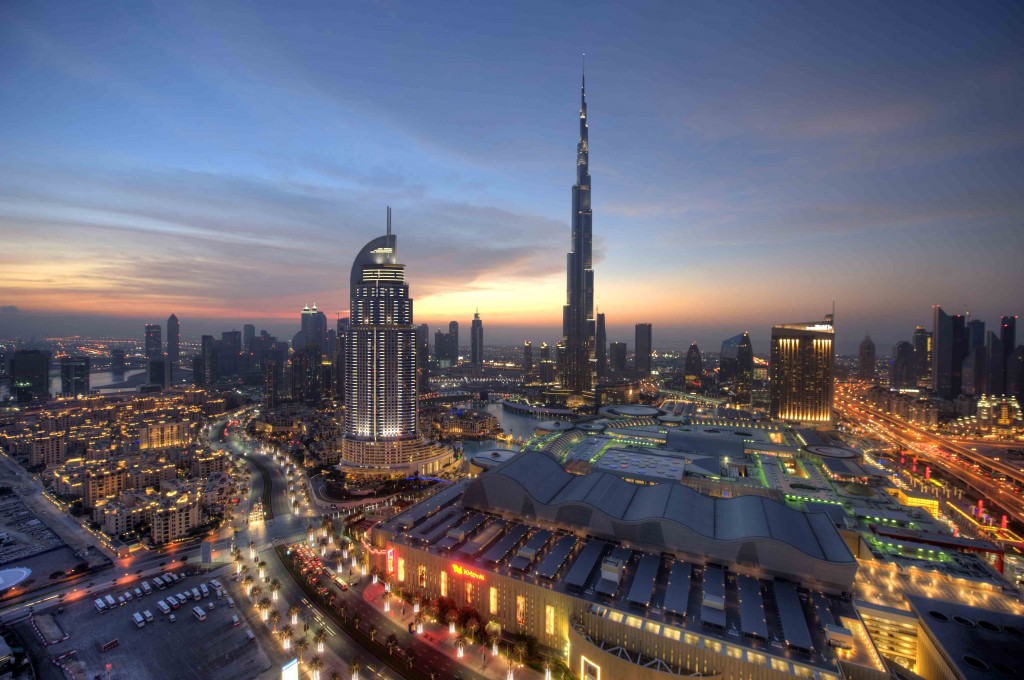By Gary Walsh
 Dubai has grown exponentially as a destination in recent years, largely due to the growing global significance of Emirates Airline, which is now the seventh largest carrier in the world in terms of revenue, even though it was established only in 1985. Emirates’ alliance with Qantas, which was launched in April 2013, has seen a massive increase in Australian arrivals into the UAE.
Dubai has grown exponentially as a destination in recent years, largely due to the growing global significance of Emirates Airline, which is now the seventh largest carrier in the world in terms of revenue, even though it was established only in 1985. Emirates’ alliance with Qantas, which was launched in April 2013, has seen a massive increase in Australian arrivals into the UAE.
“The Qantas and Emirates partnership has opened up the region to many more Australians travelling through to Europe. Over the two-year period since the launch we have seen 39 per cent increased visitation from Australians,” Dubai Tourism’s Asia-Pacific director, Julie King, told travelBulletin.
Dubai Tourism plans to double current tourism numbers and increase the average length of stay from today’s 2.8 nights to four nights by 2020.
“The diversity of attractions and experiences on offer to all segments (families, couples, girls’ and boys’ getaway, young couples and business travellers) means consumers simply cannot experience all that Dubai has to offer on a two-day stopover,” King said.
“A four-night stay is recommended, and even with that, as Dubai continually adds new products and experiences you can be guaranteed to experience a new Dubai each time.”
Much of the tourism product in the market is stopover focused, given that the majority of visitors to Dubai are in transit to somewhere in Europe or other parts of the Middle East. Major operators such as A&K and Intrepid, which offer tours virtually everywhere in the world, have only day or half-day trip options.
Part of Dubai’s long-term plan for tourism development is to strongly boost the number of attractions it offers, especially to families, and encourage longer stays.
Among them are the Middle East’s first LEGOLAND theme park, scheduled to open in 2017; IMG Worlds of Adventure (an indoor theme park focused on Cartoon Network and ‘Marvel’ characters including Ben 10, Power Puff Girls, Spider-Man, Hulk, Captain America and Iron Man); and Dubai Safari, which will house more than 1000 animals from throughout the world in Arabian and Asian safari villages.
Further afield are a Six Flags Theme Park, set to open in late 2017 and the first expansion of the brand outside of North America; and Aladdin City, inspired by the legends of Aladdin and Sinbad. Dubai also will host World Expo 2020, which is expected to significantly increase tourism when in opens in November 2019.
Other new developments set to open in the next couple of years include Deira Fish Market, which will feature hundreds of fish, fruit and vegetable stalls, spice shops and restaurants, replacing the old fish market that has stood in Deira since 1988. It will occupy a prominent location on the Deira Corniche, and is designed to promote traditional and heritage activities in “modern and sophisticated” ways. There will be a dedicated area for fish auctions so tourists can see the traditional way of selling fish.
Getting around Dubai city will become easier later this year with the opening of the Dubai Tram system, which will run from Dubai Marina to Al Sufouh in 42 minutes. It will be linked with the Dubai Metro system and will have a cycle path running beside it, with every station equipped with bicycle racks for those keen – or mad enough – to ride in the Middle East heat.
Dubai Tourism sees a range of key indicators that will drive visitation, including Dubai’s affordability, with hotels ranging from budget boutique to five-star luxury, a diverse and affordable culinary scene (with Dubai home to more than 200 nationalities); a thriving arts and culture scene and guaranteed warm weather, with more than 300 days of sunshine each year. Importantly, Dubai Tourism highlights the fact that many of the emirate’s attractions are air-conditioned and therefore visited comfortably year-round.


